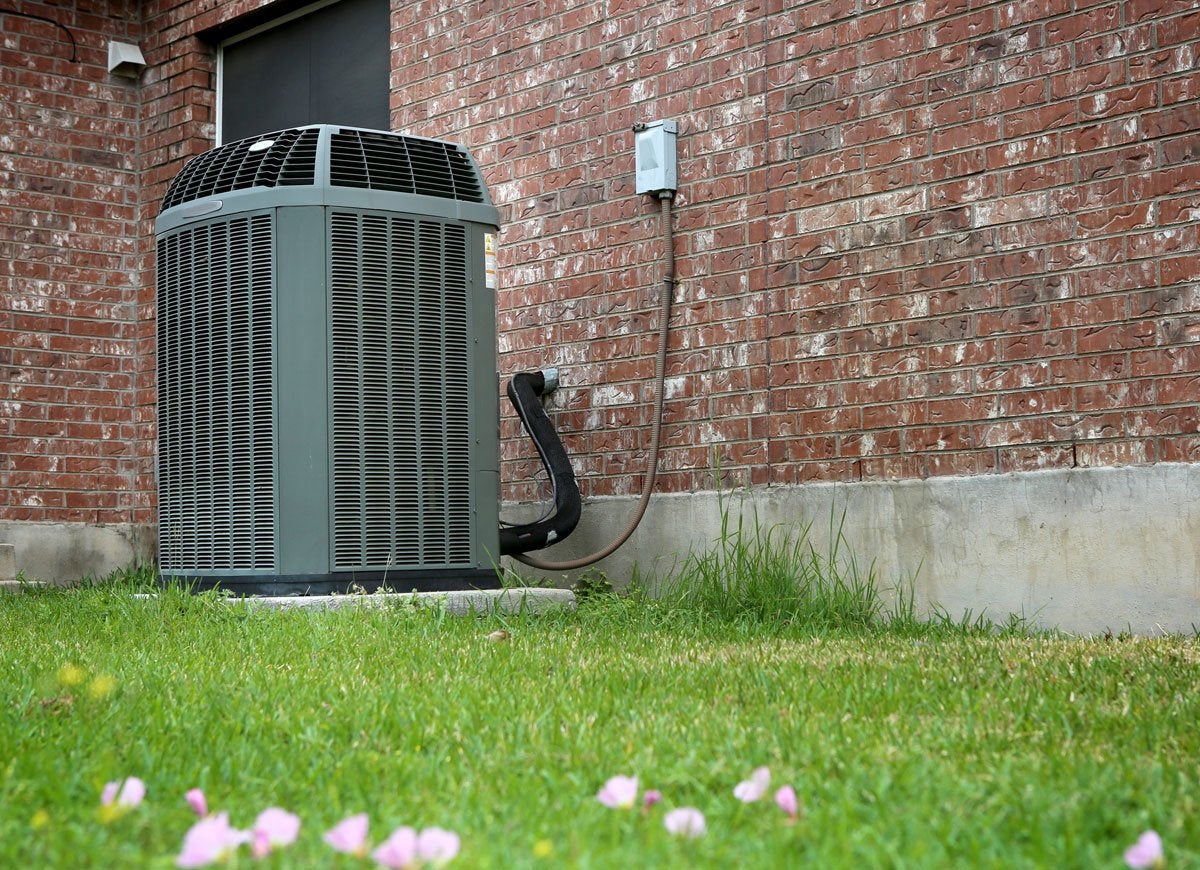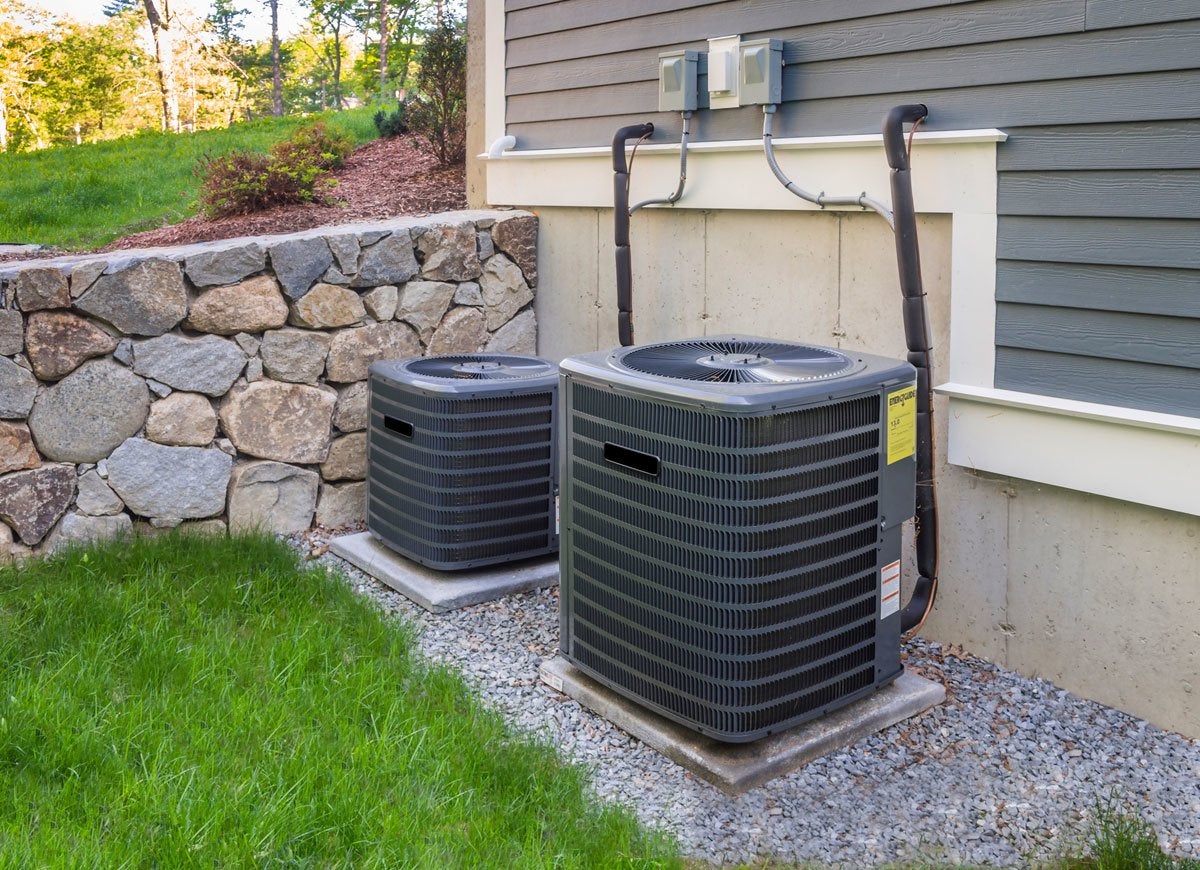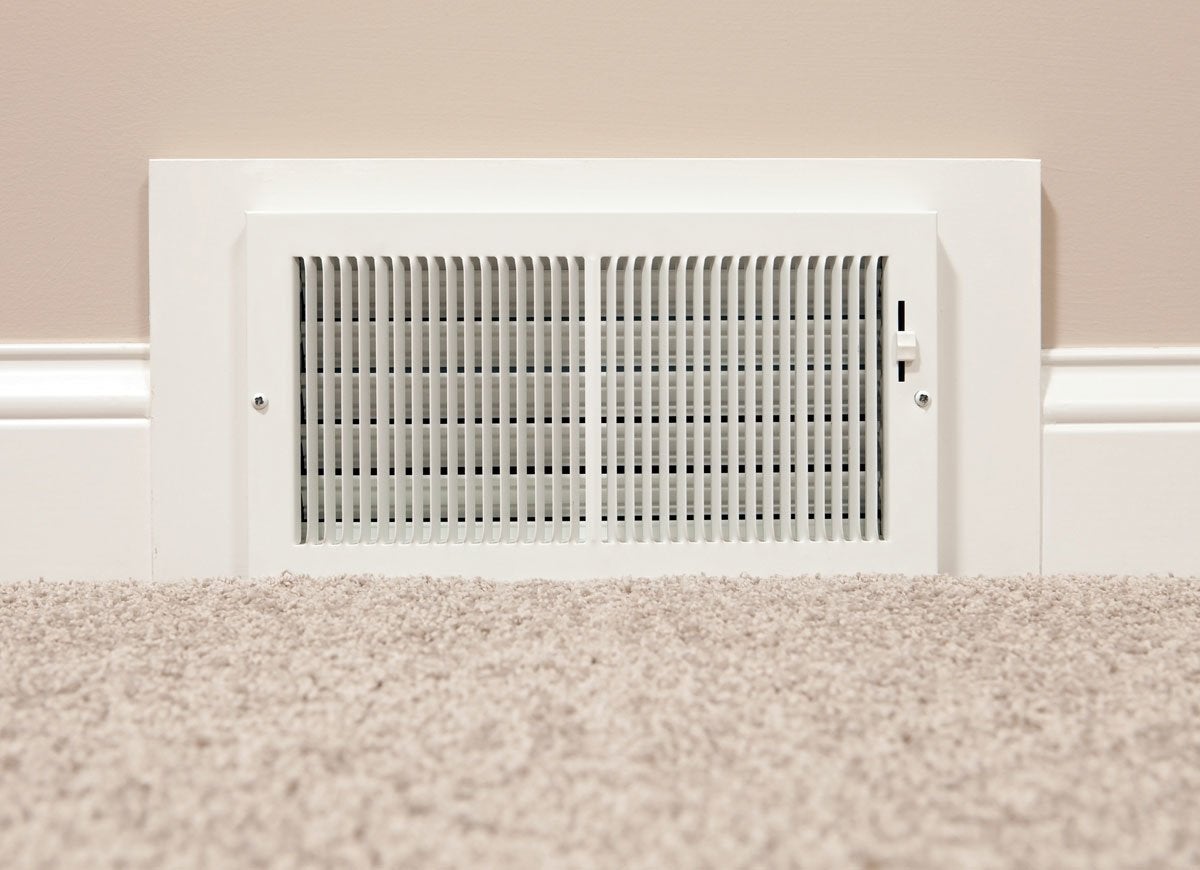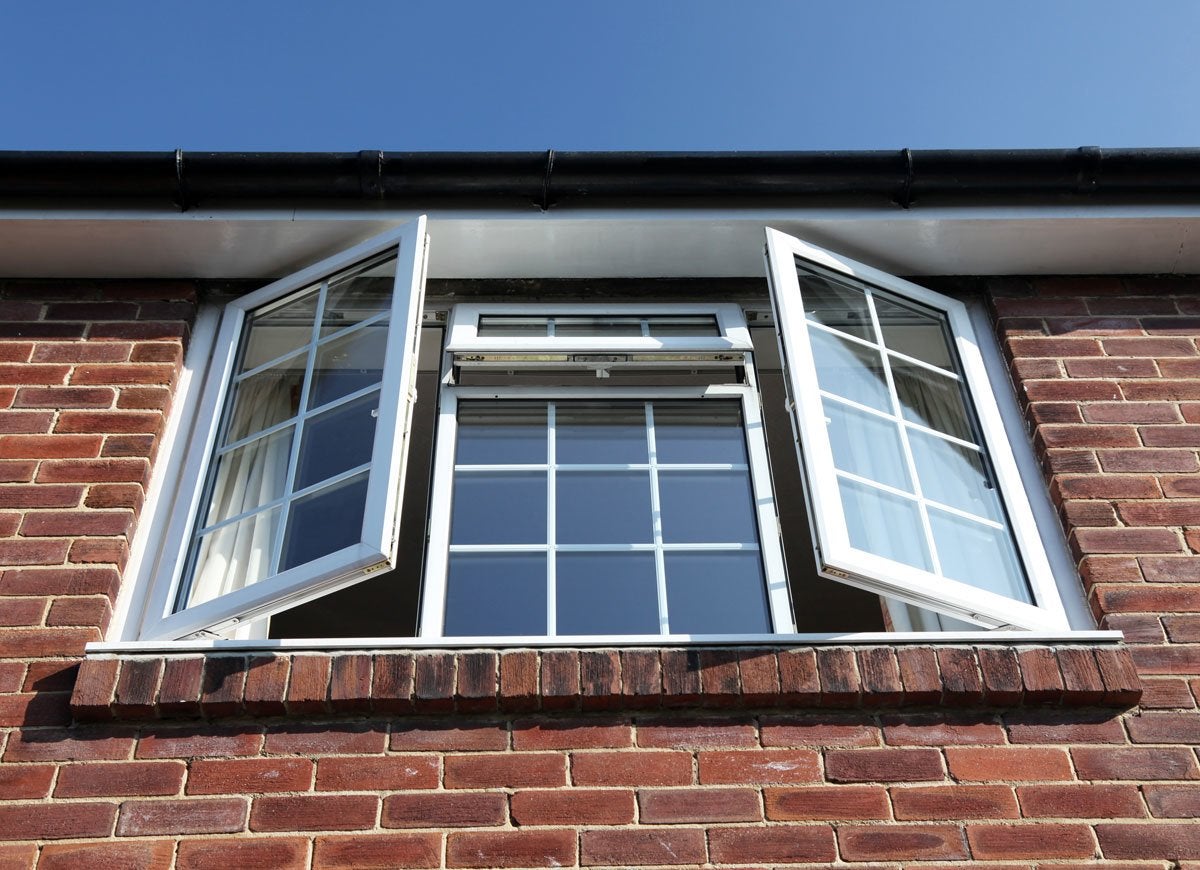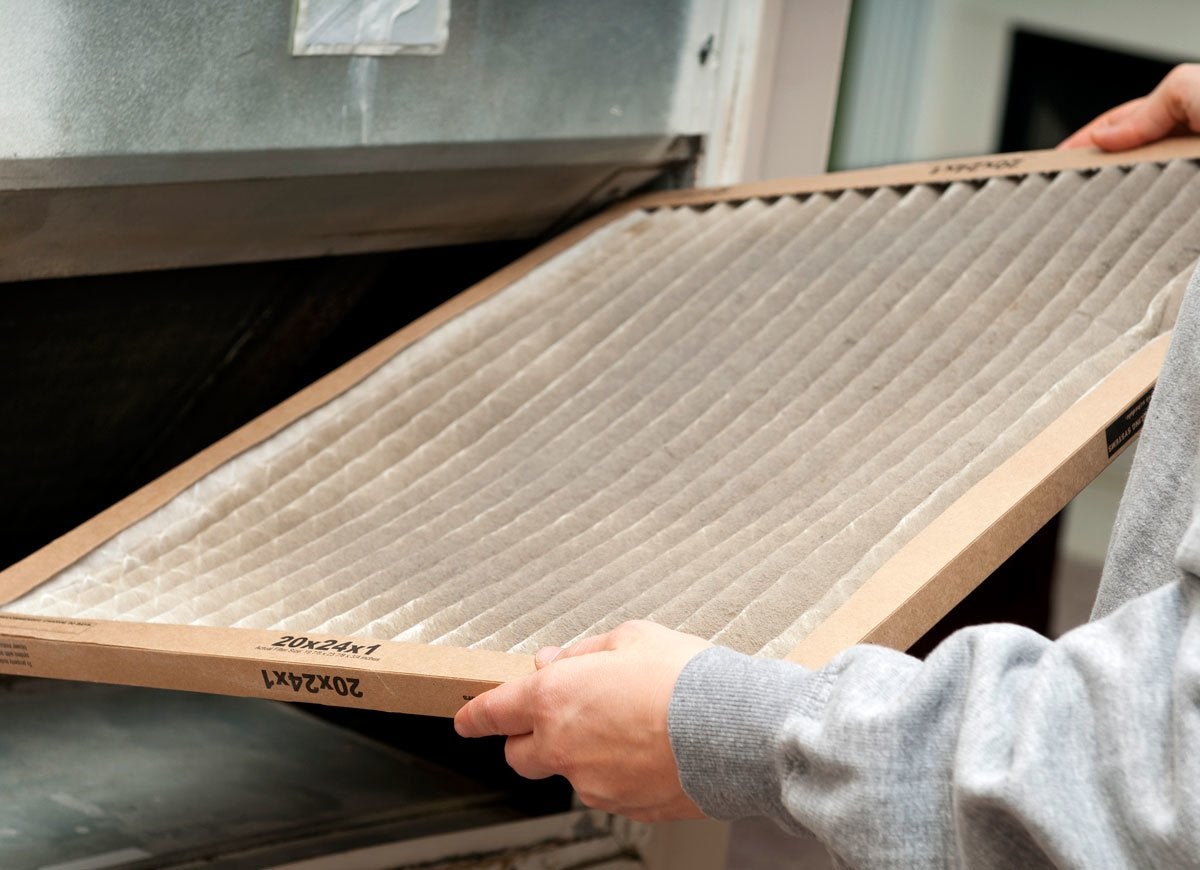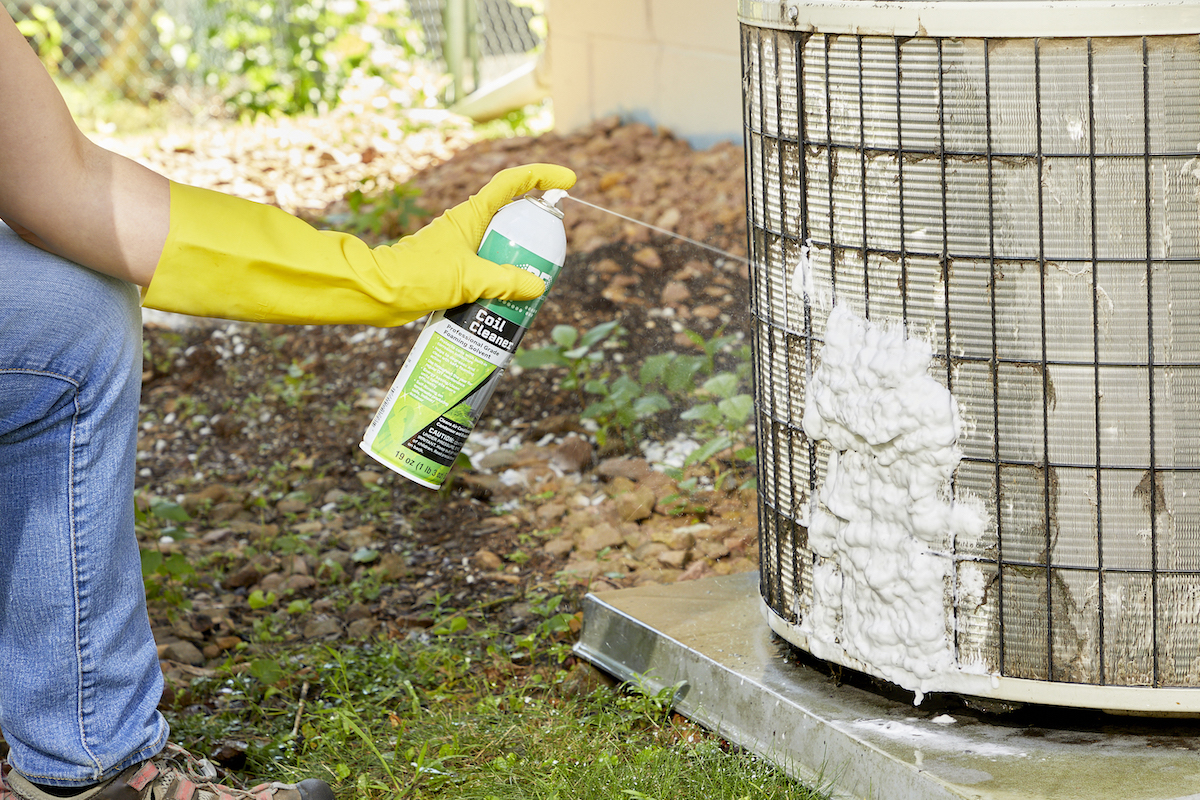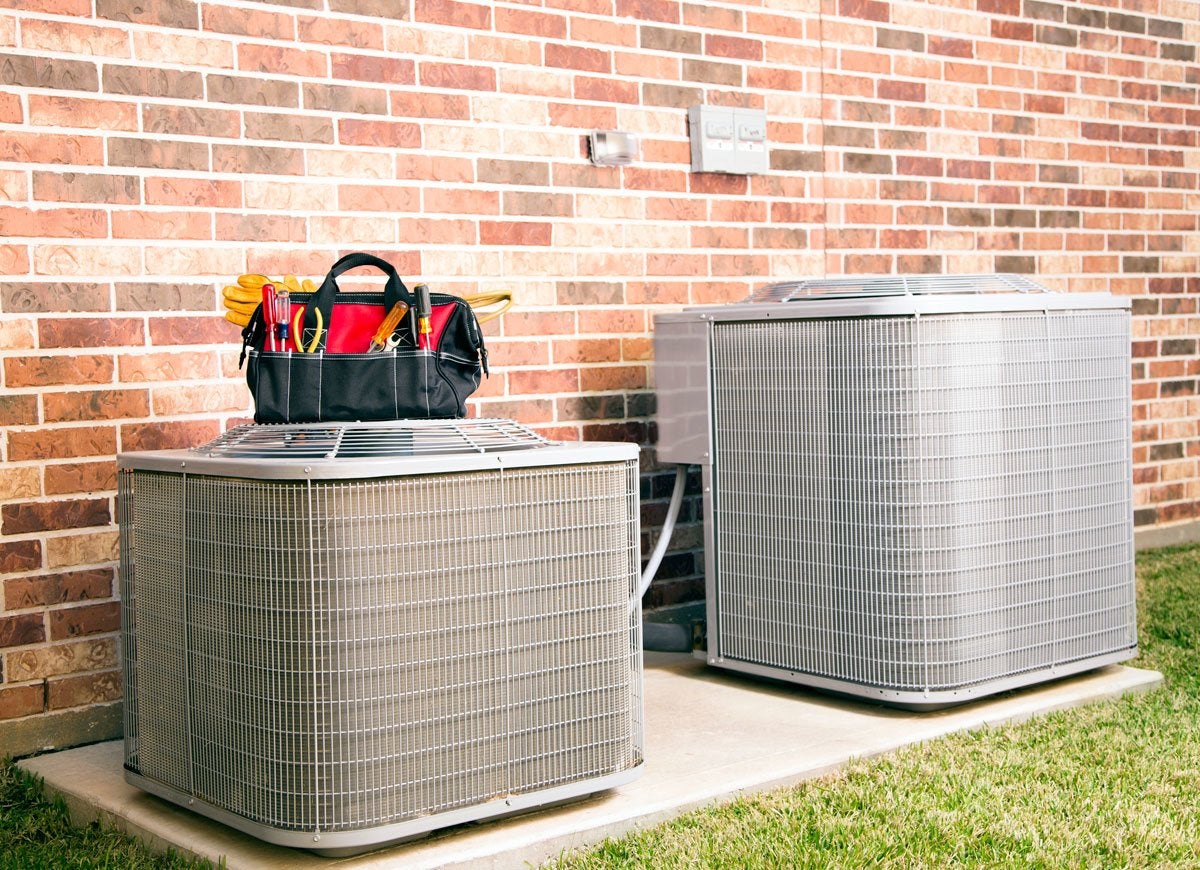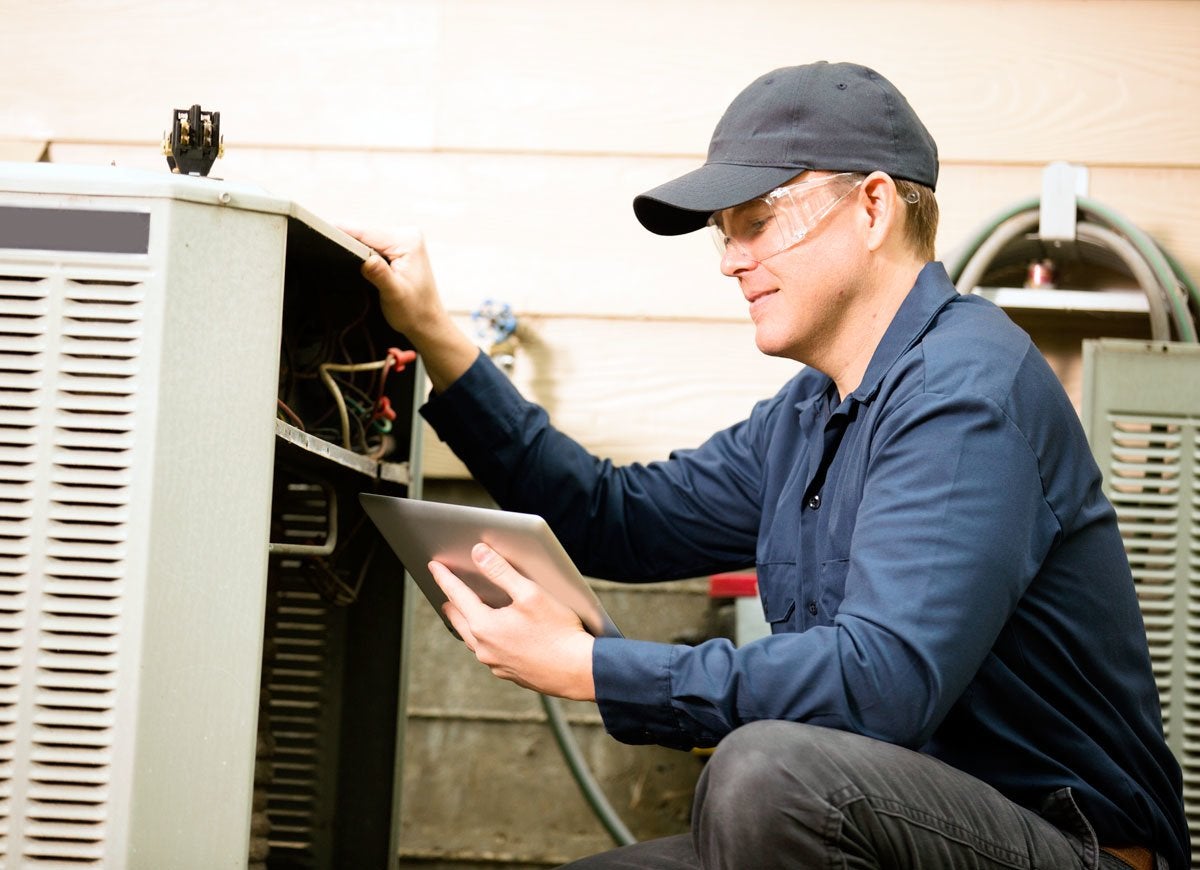

We may earn revenue from the products available on this page and participate in affiliate programs. Learn More ›
These days, more than 90 percent of homes and virtually all businesses in America use air conditioning to beat the summertime heat. In fact, according to the U.S. Department of Energy, air conditioners use about 6 percent of all the electricity produced in the country. Given the overwhelming prevalence of AC, most people think they know how to maintain their system properly, whether it’s central air, a window unit, or ductless mini-splits. But, surprisingly, many homeowners fall victim to common mistakes that waste energy, shorten the working lifespan of their air conditioner, and cost money. Here are 11 common air-conditioning mistakes, and how to properly address each one.
Essential Gear
The Honeywell 7-Day Programmable Touchscreen Thermostat lets you customize your heating and cooling schedule for each day of the week, helping you save energy without sacrificing comfort. It’s a great deal for a user-friendly, reliable thermostat with features often found in more expensive models, making it a smart upgrade for better control at a lower cost.
Get the Honeywell Touchscreen Thermostat at Amazon for $65.99.

